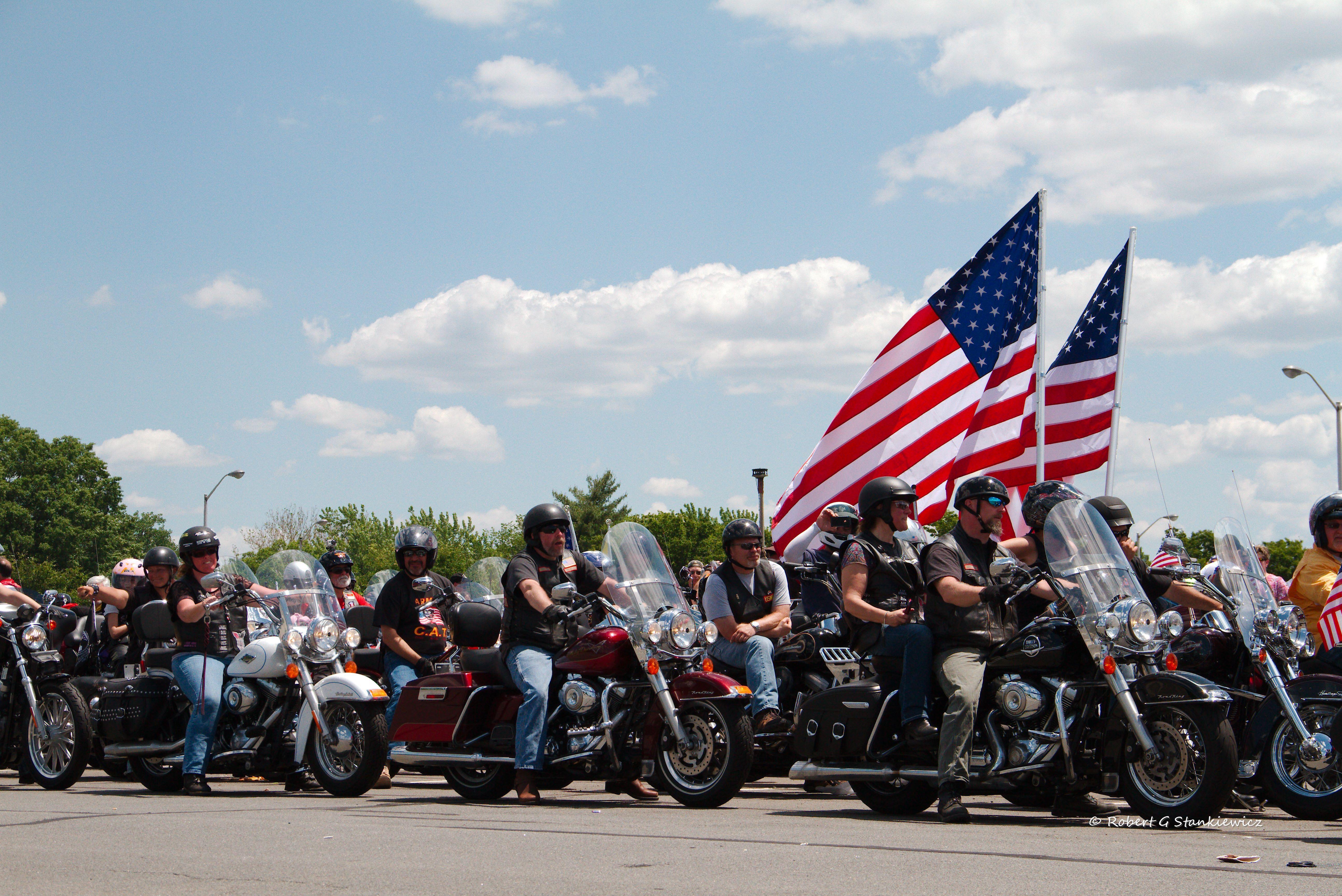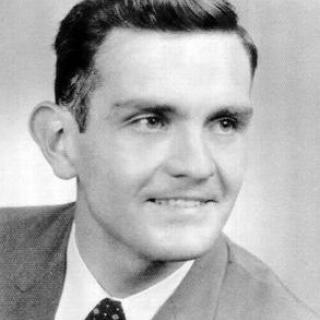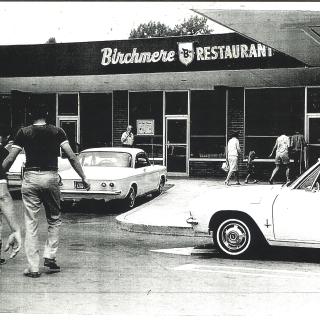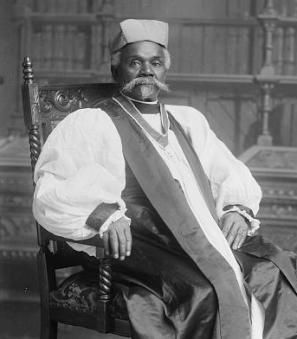As the Thunder Rolls into DC
You can hear the rumble from miles away, a deep roar of engines joined together for a cause. This Memorial Day weekend, thousands of motorcyclists will ride in unison across Memorial Bridge, a moving force of memory and action for POW's and soldiers listed as Missing in Action. Rolling Thunder, as the demonstration is called, has been a Washington Memorial Day tradition since 1988. But do you know the history behind it?
In the summer of 1987, Ray Manzo, a corporal in the USMC, and Artie Muller, a Vietnam veteran, came together with an idea. Frustrated that the voice for missing soldiers was not loud enough, they sought to bring attention to the cause. They planned a group motorcycle ride to the Vietnam Wall for Memorial Day 1988 and started recruiting riders. “It will be the sound of rolling thunder coming across that bridge” said Bob Schmitt, one of the early organizers as he envisioned the event.
As Schmidt was obviously aware, the name “Rolling Thunder” is historically significant beyond the roar of the motorcycle engines – it was the name of an intense 1965 American bombing campaign in North Vietnam, which resulted in many American pilots being taken as prisoners of war when their planes were shot down.
Organizers were thrilled when about 2,500 riders – both veterans and supporters – participated in the first “Run to the Wall” in 1988. But that was just the beginning. The ride returned in 1989 with an even bigger turnout and it has grown every year since.
In 1995, Rolling Thunder, Inc. officially became a non profit organization with over 90 chartered chapters in the U.S. and overseas. The group has made a point to encourage any and all people to join, regardless of military status or the ability to ride a motorcycle. You don’t have to be a veteran or a motorcyclist; you just have to be dedicated to the cause of remembering those soldiers who didn't make it home.
Coming together around the cause even extends to rival motorcycle clubs, which in any other circumstance might be at each others’ throats. As Vietnam veteran Mike Spresser told The Washington Post in 1995, “Everybody is here for the POWs and the MIAs. You’ve got bitter enemies here, but you won’t see any trouble today.”
Since the debut of Rolling Thunder, the salute has only grown stronger. The organization has grown in numbers and increased its voice in many venues. Beyond the annual Memorial Day ride, the organization is dedicated to helping veterans and their families and pushing for policy changes.
In 1993, Rolling Thunder successfully pushed for the passage of the Missing Service Personnel Act and, in 1995, worked with the U.S. Post Office on a POW/MIA stamp. The stamp featured an image of two military ID tags and sported the words “POW & MIA Never Forgotten.” It was made available to Rolling Thunder riders at the Post Office headquarters in Washington before being released to the rest of the country the next day.
In 2005, the organization joined with the National Alliance of POW/MIA Families to push the government to create more protection and rights for prisoners. Two years later, Rolling Thunder Charities, Inc. was created to give aid, food, and clothing to veterans and families. In addition, a large number of Rolling Thunder members donate their time to local VA hospitals.
A lot has changed since 1988 – the initial 2,500 riders has grown into 900,000 bikers and spectators – but the group's dedication has not. Each year, the motorcycles gather together in support of missing soldiers and comrades. Beginning in the parking lot of the Pentagon and crossing the Arlington Memorial Bridge, the rally travels up and down Constitution and Independence Avenues, past the Capitol Building, and ends powerfully at the Vietnam Veterans Memorial.
It is be quite a sight – and sound. For more information, visit the Rolling Thunder website.
Sources
“A Salute to POWs,” Washington Post, 26 May 1995: 62.
Bordner, Linda. U.S. Veteran Dispatch, "The History of Rolling Thunder's "Run to the Wall"." Last modified August 2005. Accessed May 24, 2013. http://www.usvetdsp.com/rollingth_hist.htm.
History.com, "Operation Rolling Thunder." Last modified 2013. Accessed May 24, 2013. http://www.history.com/topics/operation-rolling-thunder.
Rolling Thunder, Inc., "About Us." Last modified March 2013. Accessed May 24, 2013. http://www.rollingthunder1.com/about.html.
“With a Mighty Roar, Bikers Remember Vietnam’s Dead, MIA’s,” Washington Post, 29 May 1995: C3.






![Sketch of the mythical fuan by Pearson Scott Foresman. [Source: Wikipedia]](/sites/default/files/styles/crop_320x320/public/2023-10/Goatman_Wikipedia_Faun_2_%28PSF%29.png?h=64a074ff&itok=C9Qh-PE1)












